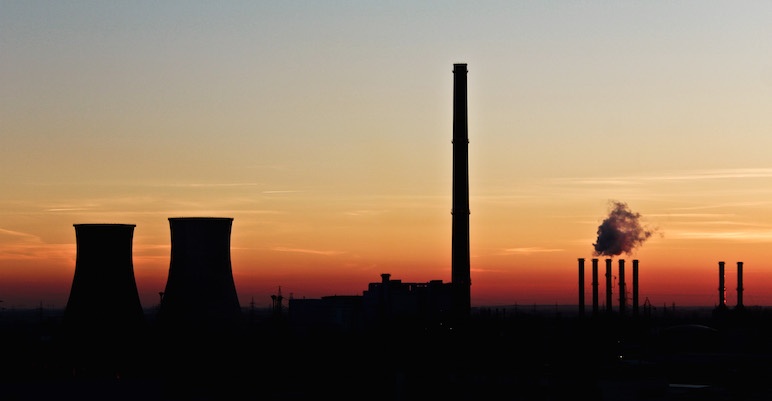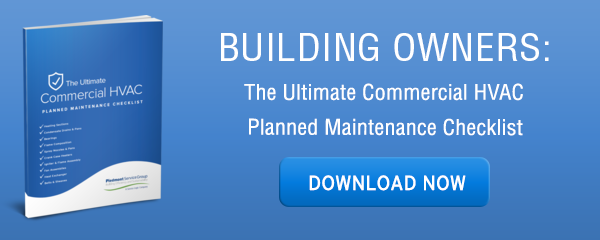3 Quick and Easy Ways to Lower Energy Costs Right Now
Unsurprisingly, commercial building owners and facility managers who stay focused on efficient energy use can save tens, even hundreds of thousands of dollars annually. But there is more to this story than simple cost savings.
Becoming more energy efficient also impacts long-term sustainability and the quality of the environment we’re leaving for our children and grandchildren to enjoy. By focusing now on reducing your commercial facility’s environmental impact, you make room for economic growth and expansion. You also reduce greenhouse gas emissions (20 percent of which are directly related to energy usage by commercial buildings) and create a more sustainable environment.

Buildings in the U.S. account for approximately 40 percent of the nation’s energy usage. So, commercial building owners and facility managers are in a uniquely powerful position to affect this statistic. Review the following smart strategies for immediate and long-term cost savings by improving energy efficiency and reducing usage:
Invest in an energy audit
Performing an energy audit is a logical first step in the process of reducing energy costs and improving efficiency for your commercial facility in North Carolina or Virginia.
This audit looks at past energy usage statistics and compares them to estimates of optimal performance for your unique building. The difference between these two figures can serve as a goal for improving the efficiency and usage patterns of the entire facility.
The report from an energy audit also includes a prioritized list of proposed action steps to help owners reach recommended energy goals. These action steps often include very minor and inexpensive steps to make a noticeable, immediate impact, as well as more complex and expensive opportunities (including major equipment replacements or upgrades) that will produce ROI over a longer period.
The inspections and research that go into the audit can help identify otherwise overlooked “low-hanging fruit” facility managers can implement, such as changes in employee behavior, adjustments to automated controls, and energy education for all employees, tenants, and in-house maintenance staff.
It can also provide the basis for long-range financial strategies that will make more extensive capital expenditures — like major building improvements and mechanical system upgrades — a strategic investment rather than an unexpected expense.
Invest in energy conservation education
While most people are conscious of energy usage at home, it can be less of a concern in a work environment, as the company ultimately pays for excessive energy usage that could be avoided.
Commercial building owners may consider the benefit of making this a regular subject of conversation. After all, improved compliance to standard energy saving efforts can mean a reduction of tens of thousands of dollars in energy costs.
Some examples of simple actions employees and tenants can take to reduce the building’s overall energy costs are:
- Turn computers off at the end of the day
- Turn off and unplug any personal electronics kept at the desk when not in use
- Take the stairs when possible (and it’s healthier too!)
- Agree to reasonable limits on thermostat adjustment (if they have access)
- Notify building maintenance immediately of leaky faucets, running toilets, or any other needed repair
- Raise blinds during the day (especially in the winter) to take advantage of natural heat and light
- Keep blinds or shades partially drawn during the summer to reduce the amount of natural heat that enters
- Ensure that the last employee in the office turns off all lights when he or she leaves
For more specific recommendations for your unique facility, contact us today.
Invest in a prioritized energy-saving plan
As noted above, an energy audit will provide a prioritized list of action items for overall energy cost reduction, but many of the items on the list may be too large and expensive to immediately implement.
That doesn’t mean owners and facility managers should do nothing while they plan for large expenditures.
Start with small items that are simple, inexpensive, and quick — like some of those listed above. Even reducing the heating temperature or raising the cooling temperature by one degree building-wide can make a noticeable difference and it can be done right now, taking just a few seconds. In most cases, affecting real change in energy usage and cost is just a matter of establishing new, smarter habits and implementing minor changes to current procedures or technology.
As you begin to make changes and see energy costs go down, consider reinvesting a portion of these savings in planned maintenance and strategic replacement of key building system components. This practice not only keeps large equipment like commercial HVAC systems running at optimal levels, it brings in more energy efficient options to reduce emissions and shrink the environmental footprint made by corporations.
Contact our commercial HVAC company to schedule an energy audit and learn more about cost savings measures for your building.

